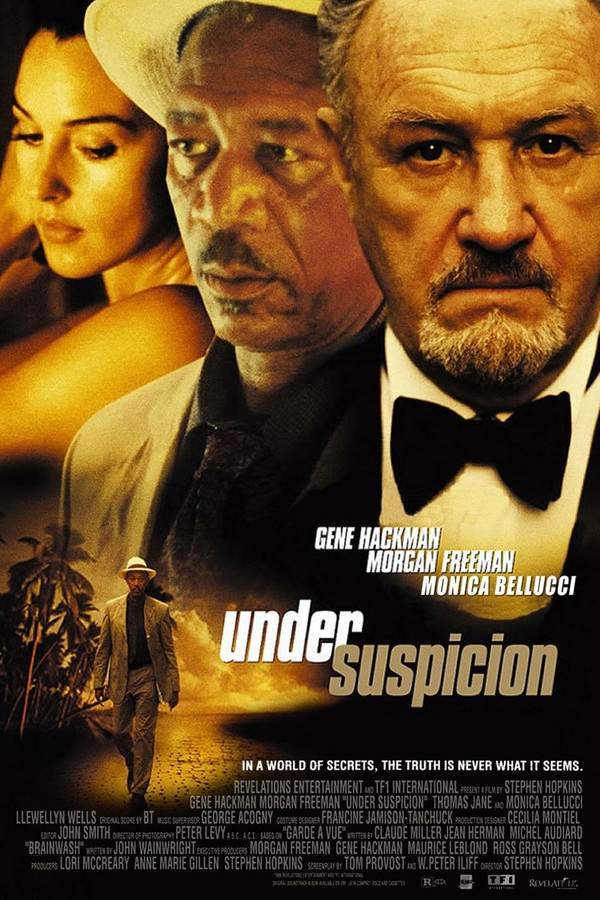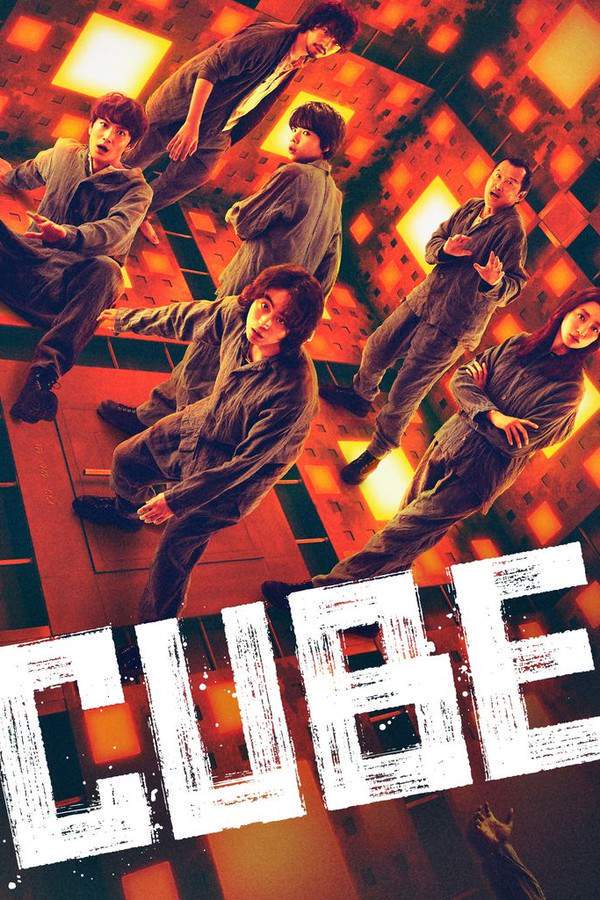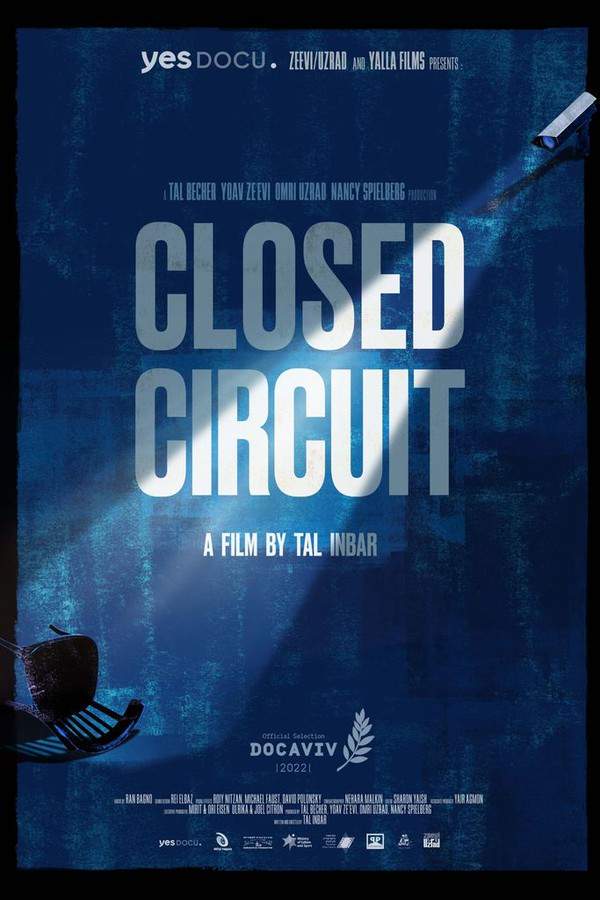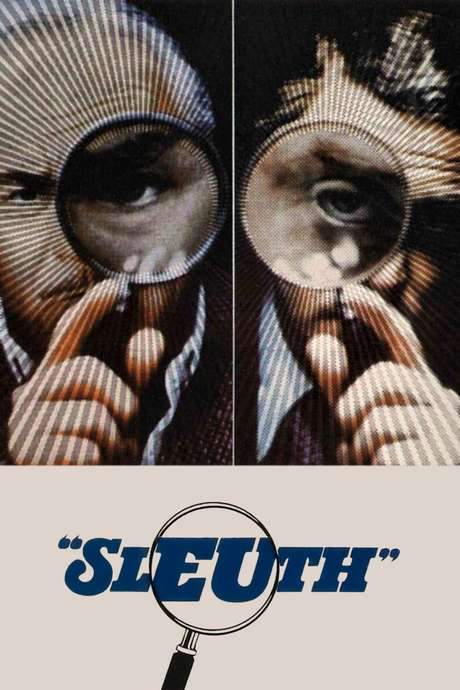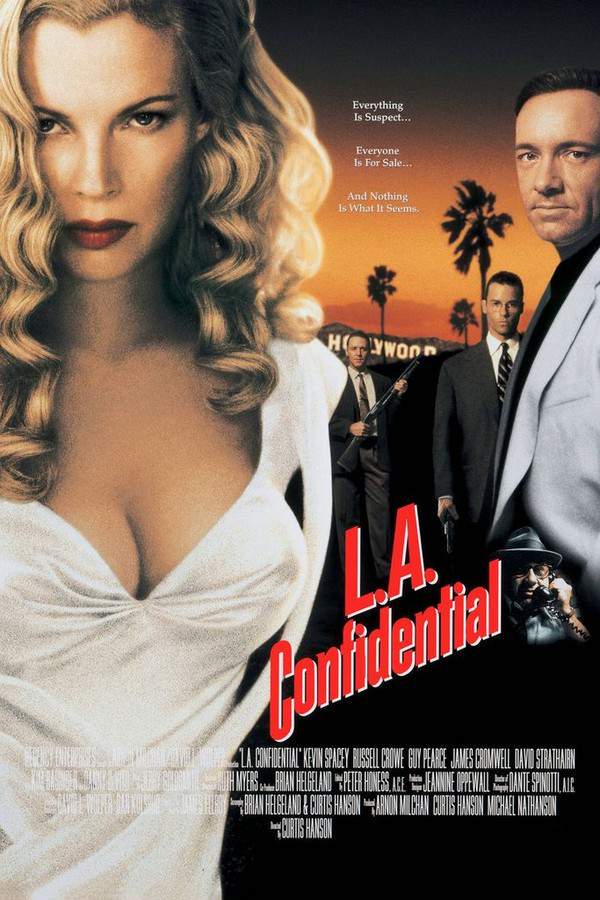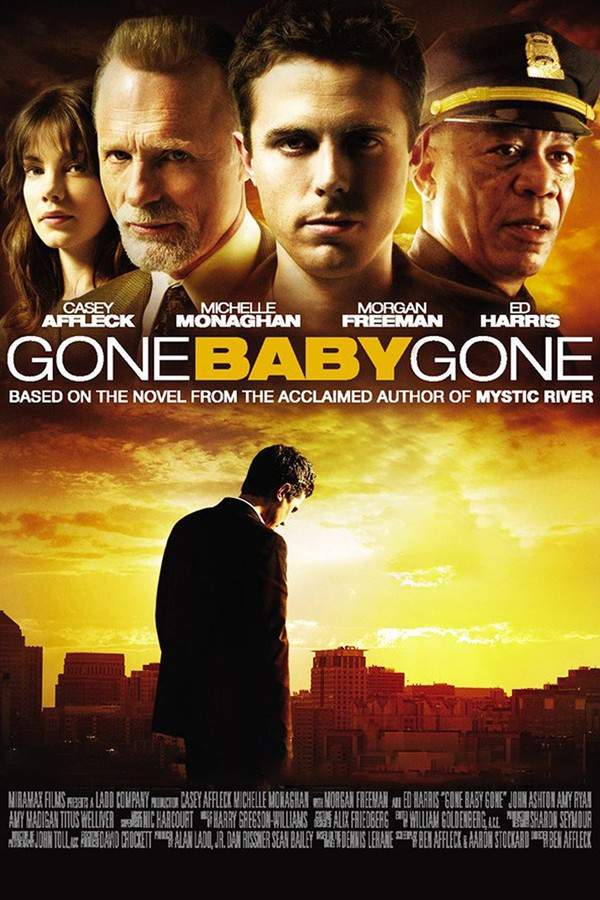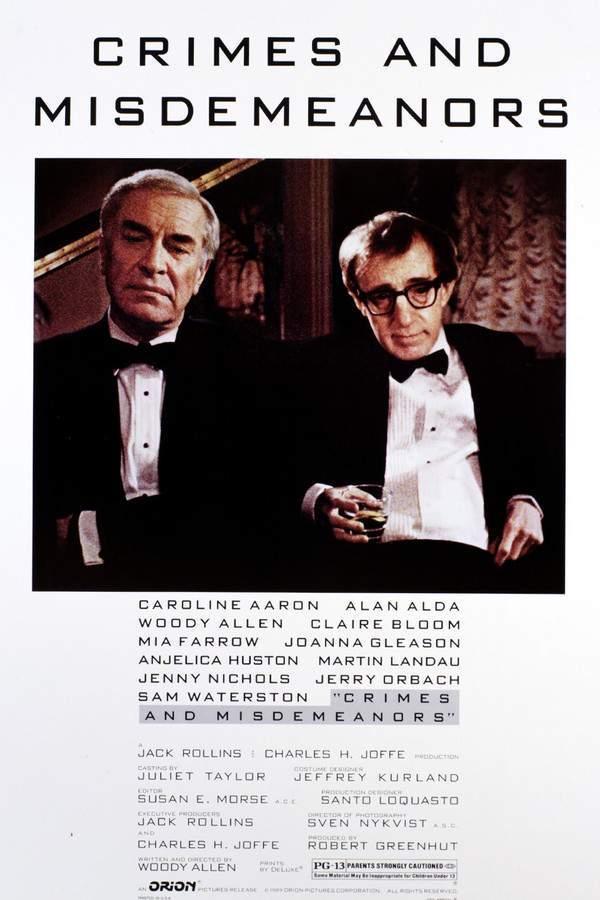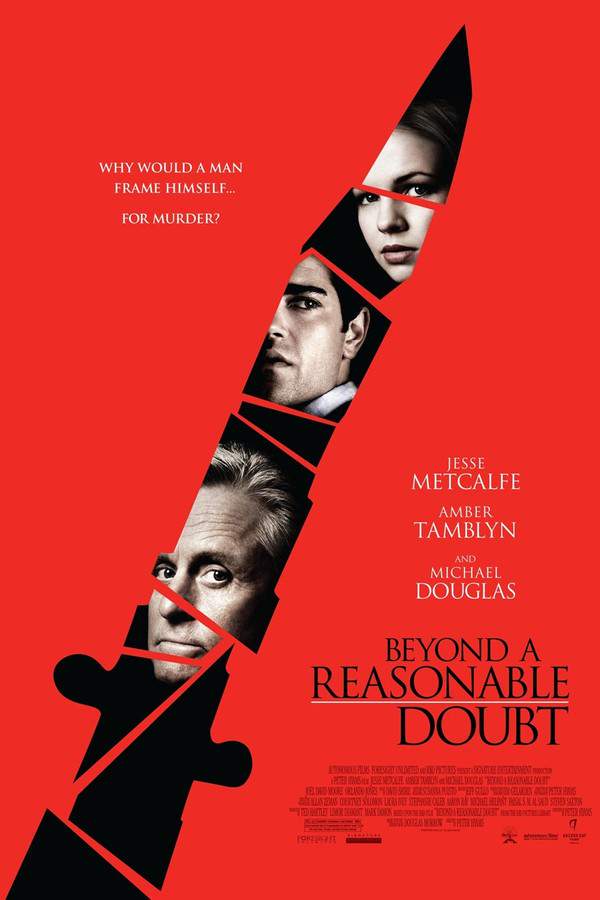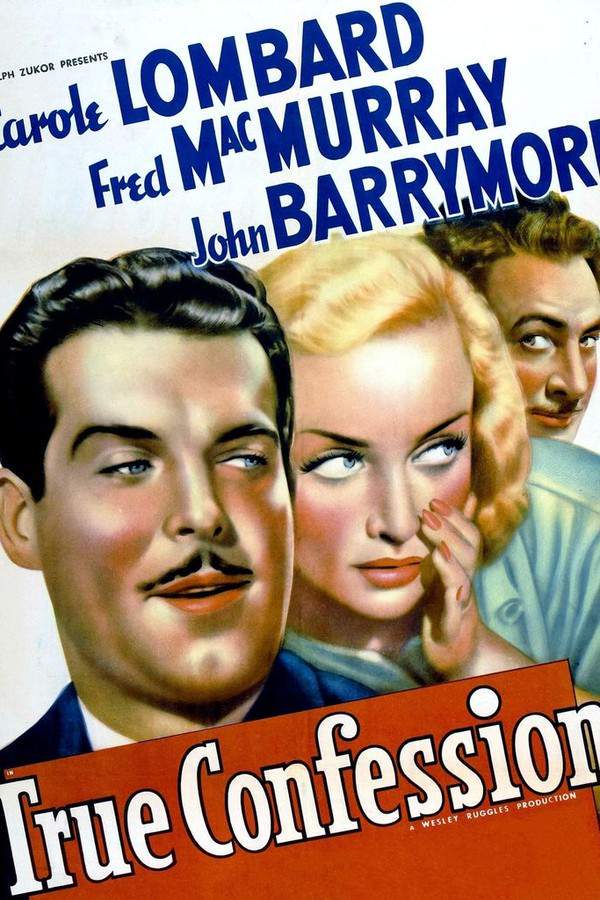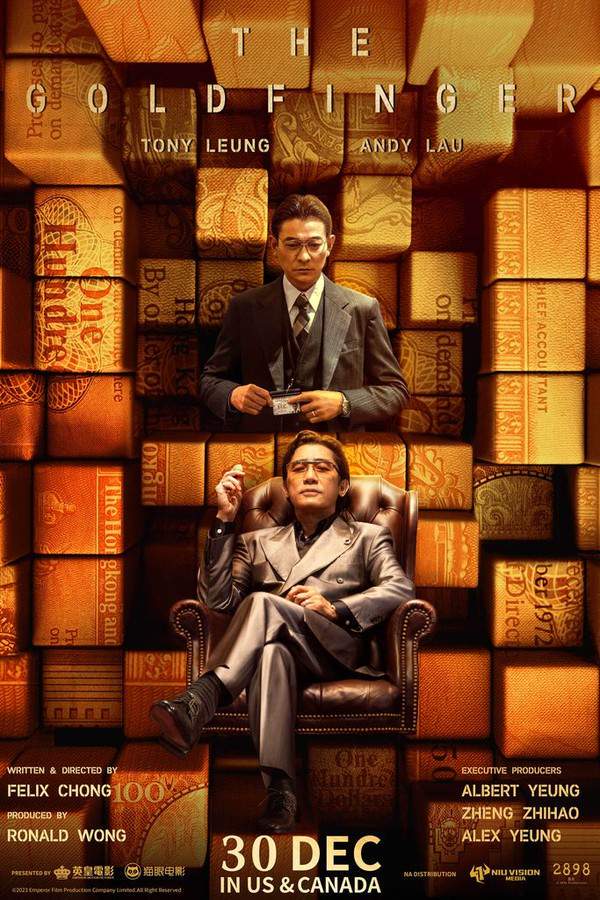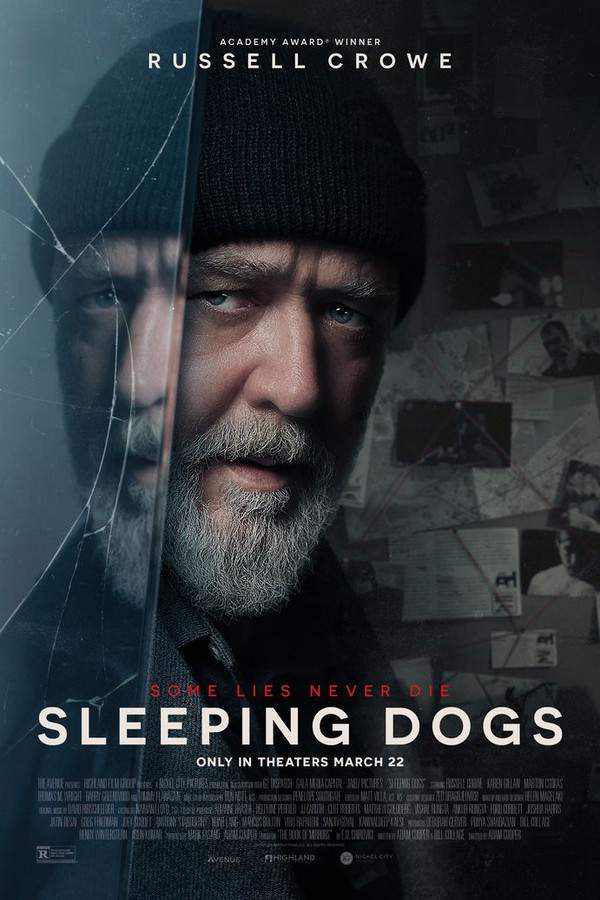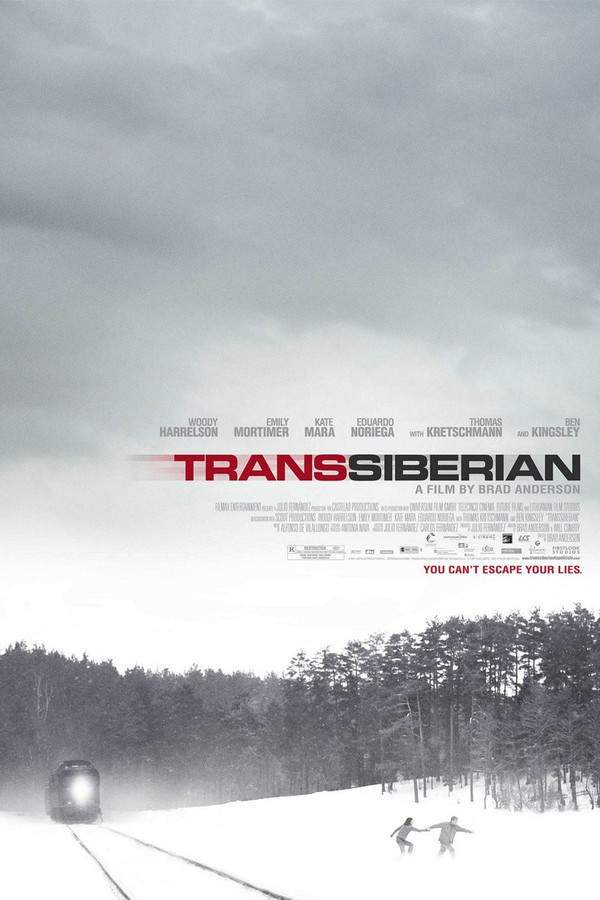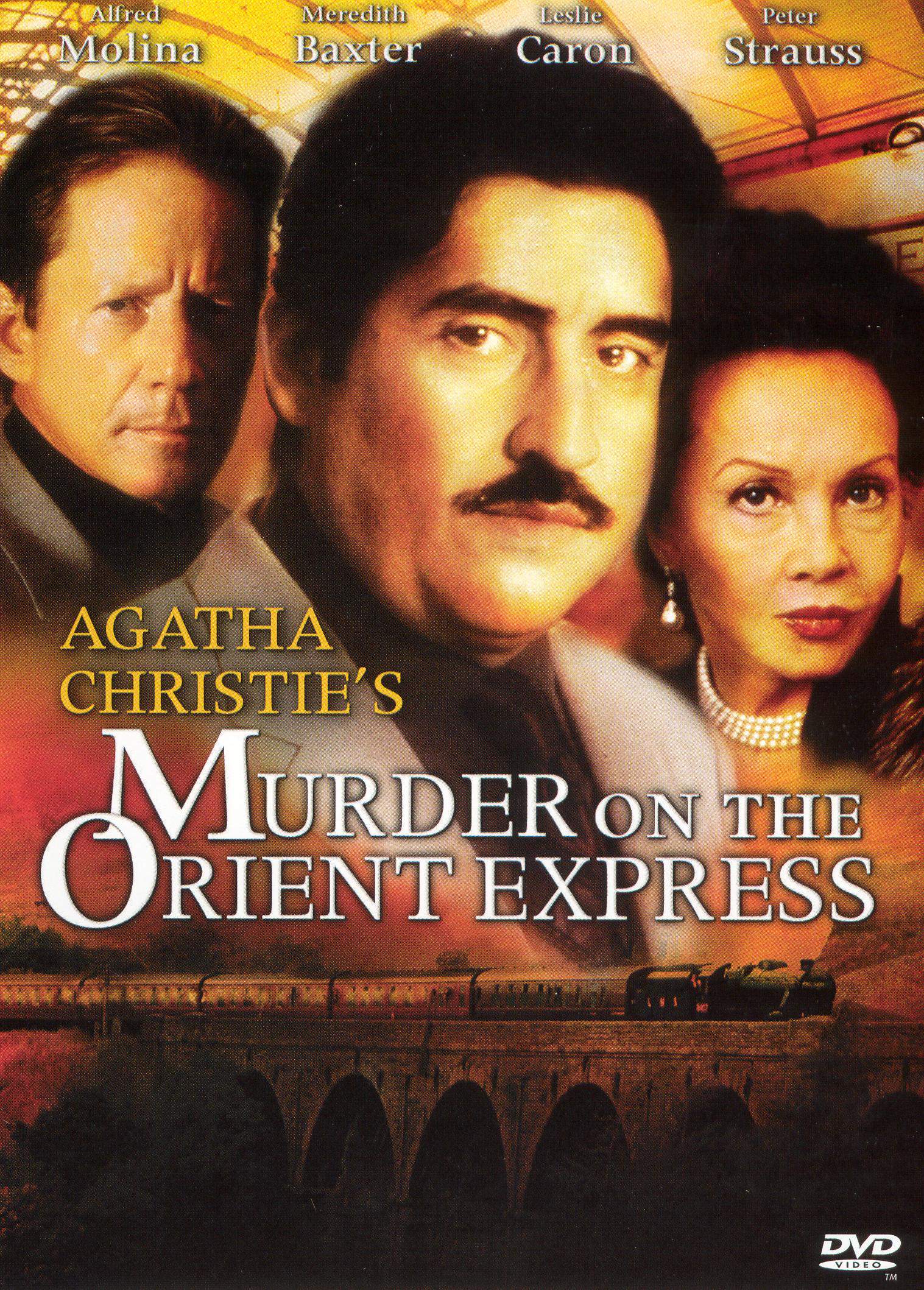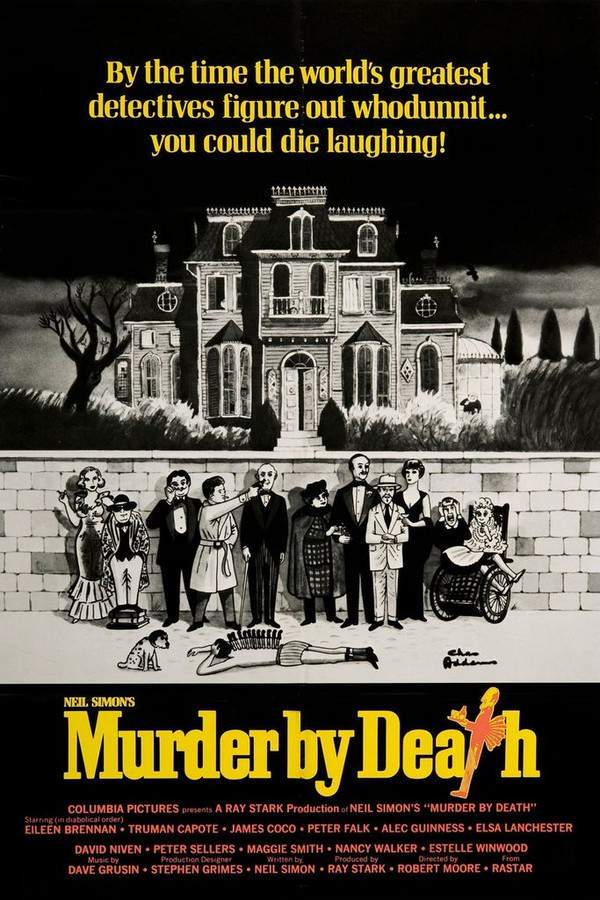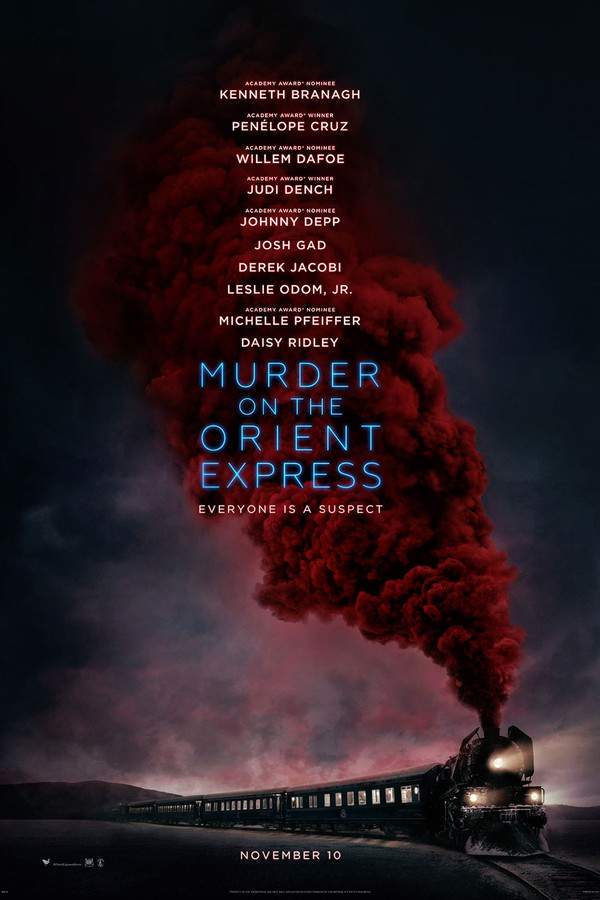
Murder on the Orient Express
A lavish journey aboard the Orient Express takes a dark turn when a murder occurs, trapping thirteen strangers in a confined space. Renowned detective Hercule Poirot must navigate a complex web of secrets and conflicting alibis to identify the killer among them. As suspicion falls on everyone, Poirot races against time to uncover the motive and method behind the crime, based on Agatha Christie's celebrated novel.
Warning: spoilers below!
Haven’t seen Murder on the Orient Express yet? This summary contains major spoilers. Bookmark the page, watch the movie, and come back for the full breakdown. If you're ready, scroll on and relive the story!
Murder on the Orient Express (2017) – Ending Explained & Final Scene Breakdown
Still thinking about how Murder on the Orient Express (2017) ended? Here’s a full breakdown of the ending, key final moments, major twists, and the deeper meaning behind the film’s conclusion.
The ending of Murder on the Orient Express presents a profound twist that challenges traditional notions of justice. Hercule Poirot, having discovered that all the passengers on the train are intimately connected to the tragic kidnapping and murder of Daisy Armstrong—acts committed by the same man, Cassetti—faces a moral dilemma. Cassetti, a man responsible for a horrifying crime that devastated many lives, is already dead in the story’s investigation, and Poirot uncovers the elaborate web of revenge that the passengers have enacted together. Led by Linda Arden, the group devises a plan to murder Cassetti on the train, knowing full well that all of them have a personal connection and a shared motive rooted in grief and justice. They plan a staged attack—drugging him and stabbing him with a dozen different knives—to ensure that the true killer remains anonymous, and that no single person is uniquely responsible.
When Poirot, who arrives last-minute on the train and begins his investigation, quickly spots the inconsistencies and false clues crafted by the passengers, he concludes that everyone involved took part in the killing. His initial suspicion of an external assassin is dismissed, and he recognizes that the act was a joint effort. Ultimately, despite knowing who the murderers are, Poirot chooses not to hand them over to the authorities. Instead, he crafts a clever false story claiming there was a stowaway, allowing the group to go free. His decision stems from his recognition that, while what they did was morally wrong, they were motivated by a desire to avenge the innocent Daisy Armstrong and to punish a man who had escaped justice for too long.
This choice signifies a shift in Poirot’s moral outlook. Traditionally, he values justice above all else, but here he understands that sometimes the moral weight of an act surpasses legal justice. By turning a blind eye, Poirot acknowledges that the passengers’ actions, though criminal, were an emotionally driven response to profound trauma and injustice. It’s a moment that reveals a more empathetic, morally complex side of the detective—one that shows he recognizes the limits of law and the importance of moral righteousness in a world filled with shades of grey.
Ultimately, Poirot’s decision encapsulates the film’s deeper message: sometimes, justice can be imperfect, and taking justice into one’s own hands, driven by compassion or moral necessity, can be justified. He accepts that the passengers’ revenge was a tragic but understandable act and chooses to shield them from punishment. The ending leaves viewers contemplating the thin line between right and wrong, and whether true justice always means the letter of the law. It’s a powerful, thought-provoking conclusion that underscores the film’s exploration of morality, guilt, and the complexity of human motives.
Last Updated: June 25, 2025 at 09:00
Explore Movie Threads
Discover curated groups of movies connected by mood, themes, and story style. Browse collections built around emotion, atmosphere, and narrative focus to easily find films that match what you feel like watching right now.
Claustrophobic mystery movies like Murder on the Orient Express
Isolated settings where a closed circle of suspects must face a hunter in their midst.If you enjoyed the tense, confined setting of Murder on the Orient Express, you'll like these movies where a mystery unfolds in an isolated location. This list features stories with a closed circle of suspects, high-stakes investigations, and an atmosphere of suspicion and claustrophobia, similar to Agatha Christie's classic tales.
Narrative Summary
The narrative typically begins with a group of people being trapped in a single location, such as a train, an island, or a mansion. A crime, often a murder, occurs, and an investigator (either professional or an amateur) must systematically interrogate the suspects. The plot unfolds through revelations of secrets and hidden connections between the characters, all under the pressure of the confined space.
Why These Movies?
These movies are grouped together because they share a core premise of a 'closed-circle' mystery. The similarity lies in the oppressive, claustrophobic atmosphere, the methodical unraveling of alibis and motives, and the constant state of suspense where the killer is guaranteed to be among the limited cast of characters present.
Movies about complex morality and justice like Murder on the Orient Express
Stories where the pursuit of justice forces characters into ethically ambiguous territory.If you appreciated the moral dilemma at the end of Murder on the Orient Express, explore these films that grapple with grey-area justice. These stories feature heavy emotional weight, complex motivations, and endings that are bittersweet or morally ambiguous, focusing on the difficult choices characters make in the name of justice.
Narrative Summary
The journey typically involves uncovering a past tragedy so heinous that it justifies, in the eyes of some characters, an act of vigilante justice. The protagonist, often a figure of law or order, is faced with this morally fraught situation. The climax is not about catching the culprit, but about deciding what to do with them, resulting in an ending that satisfies a moral code but violates a legal one.
Why These Movies?
This thread groups movies that prioritize thematic depth about justice over clear-cut resolutions. They share a heavy emotional weight rooted in grief or trauma, a complex narrative that explores motive in depth, and a conclusion that leaves the audience pondering the ethical implications rather than feeling a simple sense of closure.
Unlock the Full Story of Murder on the Orient Express
Don't stop at just watching — explore Murder on the Orient Express in full detail. From the complete plot summary and scene-by-scene timeline to character breakdowns, thematic analysis, and a deep dive into the ending — every page helps you truly understand what Murder on the Orient Express is all about. Plus, discover what's next after the movie.
Murder on the Orient Express Summary
Read a complete plot summary of Murder on the Orient Express, including all key story points, character arcs, and turning points. This in-depth recap is ideal for understanding the narrative structure or reviewing what happened in the movie.

Murder on the Orient Express Timeline
Track the full timeline of Murder on the Orient Express with every major event arranged chronologically. Perfect for decoding non-linear storytelling, flashbacks, or parallel narratives with a clear scene-by-scene breakdown.

Characters, Settings & Themes in Murder on the Orient Express
Discover the characters, locations, and core themes that shape Murder on the Orient Express. Get insights into symbolic elements, setting significance, and deeper narrative meaning — ideal for thematic analysis and movie breakdowns.

Murder on the Orient Express Spoiler-Free Summary
Get a quick, spoiler-free overview of Murder on the Orient Express that covers the main plot points and key details without revealing any major twists or spoilers. Perfect for those who want to know what to expect before diving in.

More About Murder on the Orient Express
Visit What's After the Movie to explore more about Murder on the Orient Express: box office results, cast and crew info, production details, post-credit scenes, and external links — all in one place for movie fans and researchers.

Similar Movies to Murder on the Orient Express
Discover movies like Murder on the Orient Express that share similar genres, themes, and storytelling elements. Whether you’re drawn to the atmosphere, character arcs, or plot structure, these curated recommendations will help you explore more films you’ll love.
Explore More About Movie Murder on the Orient Express
Murder on the Orient Express (2017) Plot Summary & Movie Recap
Murder on the Orient Express (2017) Scene-by-Scene Movie Timeline
Murder on the Orient Express (2017) Movie Characters, Themes & Settings
Murder on the Orient Express (2017) Spoiler-Free Summary & Key Flow
Movies Like Murder on the Orient Express – Similar Titles You’ll Enjoy
Murder Mystery (2019) Plot Summary & Ending Explained
Transsiberian (2008) Movie Recap & Themes
Murder on the Orient Express (1974) Story Summary & Characters
Murder by Death (1976) Full Movie Breakdown
The ABC Murders (1000) Detailed Story Recap
Murder on the Orient Express (2001) Detailed Story Recap
Death, Deceit & Destiny Aboard the Orient Express (2001) Movie Recap & Themes
Minder on the Orient Express (1000) Story Summary & Characters
Murder by the Book (1986) Movie Recap & Themes
Appointment with Death (1988) Detailed Story Recap
Murder in Three Acts (1986) Spoiler-Packed Plot Recap
Invitation to a Murder (2023) Complete Plot Breakdown
Murder in Three Acts (1986) Complete Plot Breakdown
Cochin Express (1967) Story Summary & Characters
Murder Over New York (1940) Full Movie Breakdown

